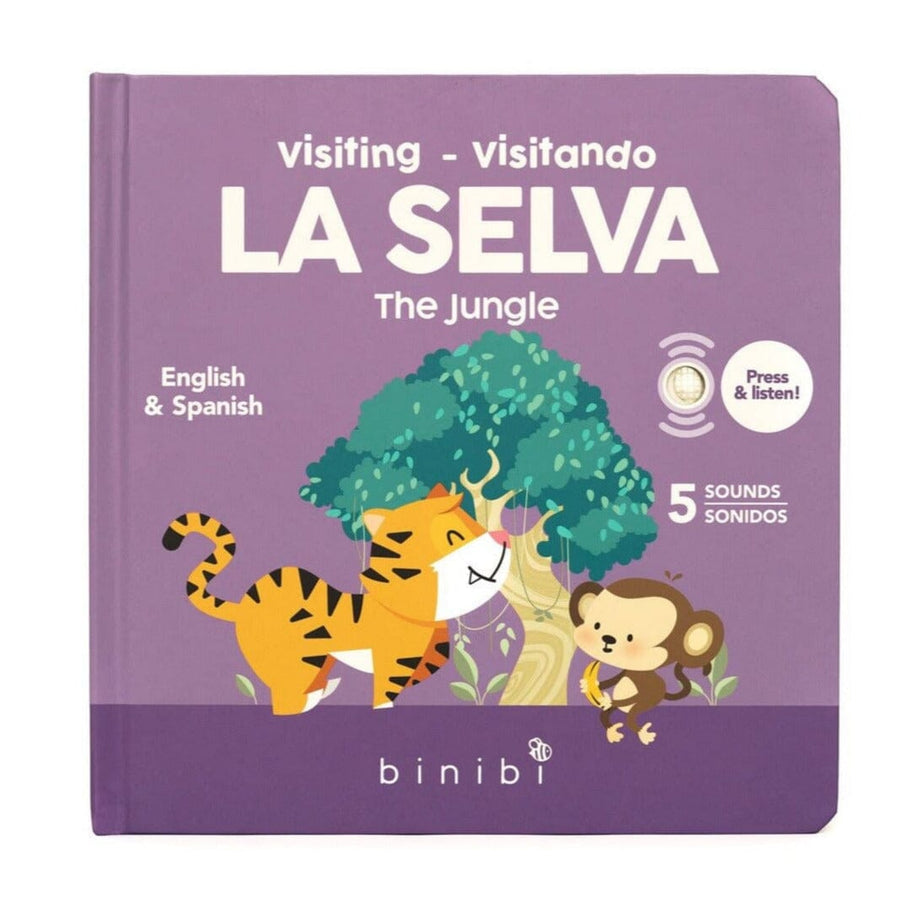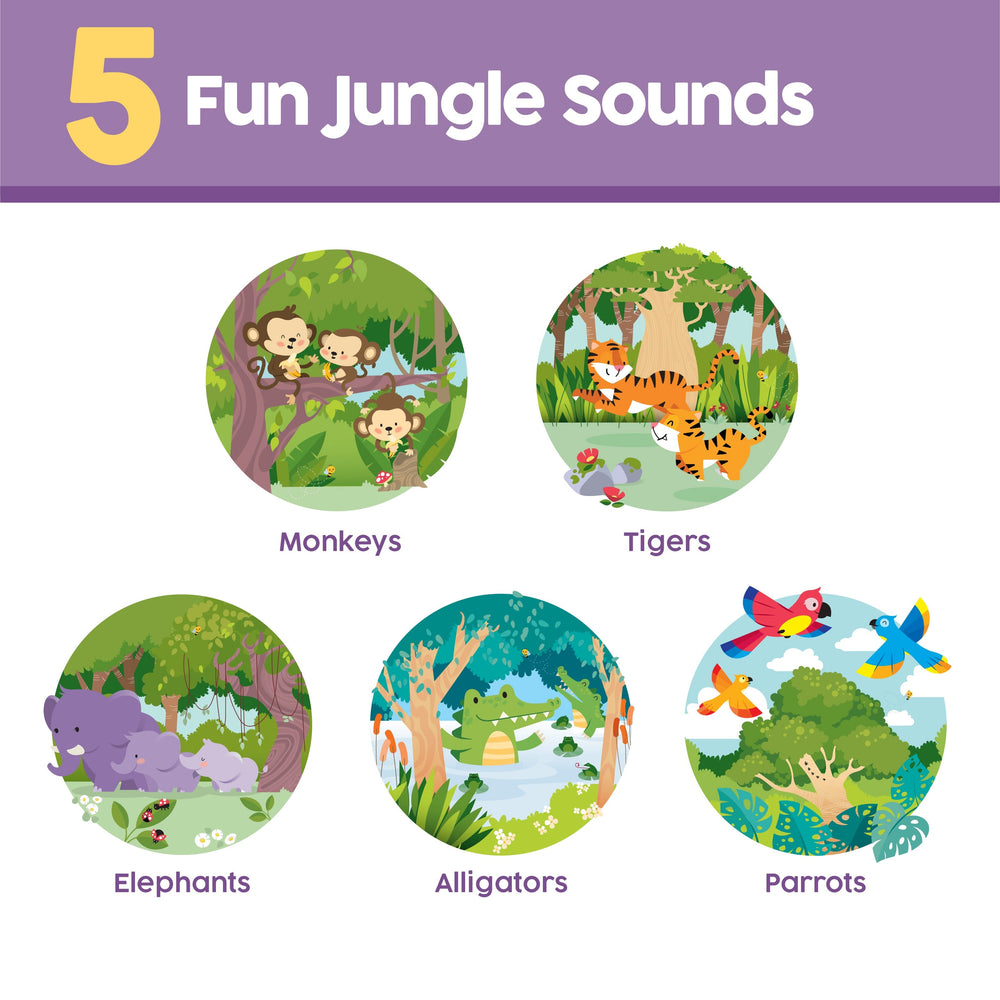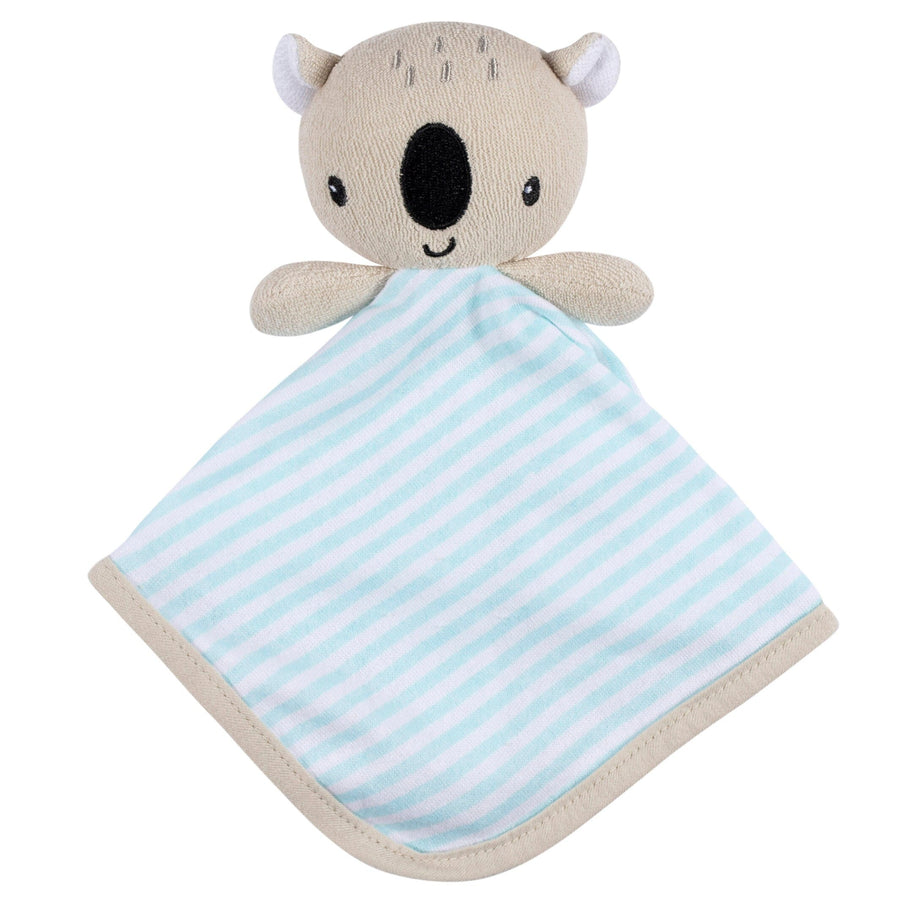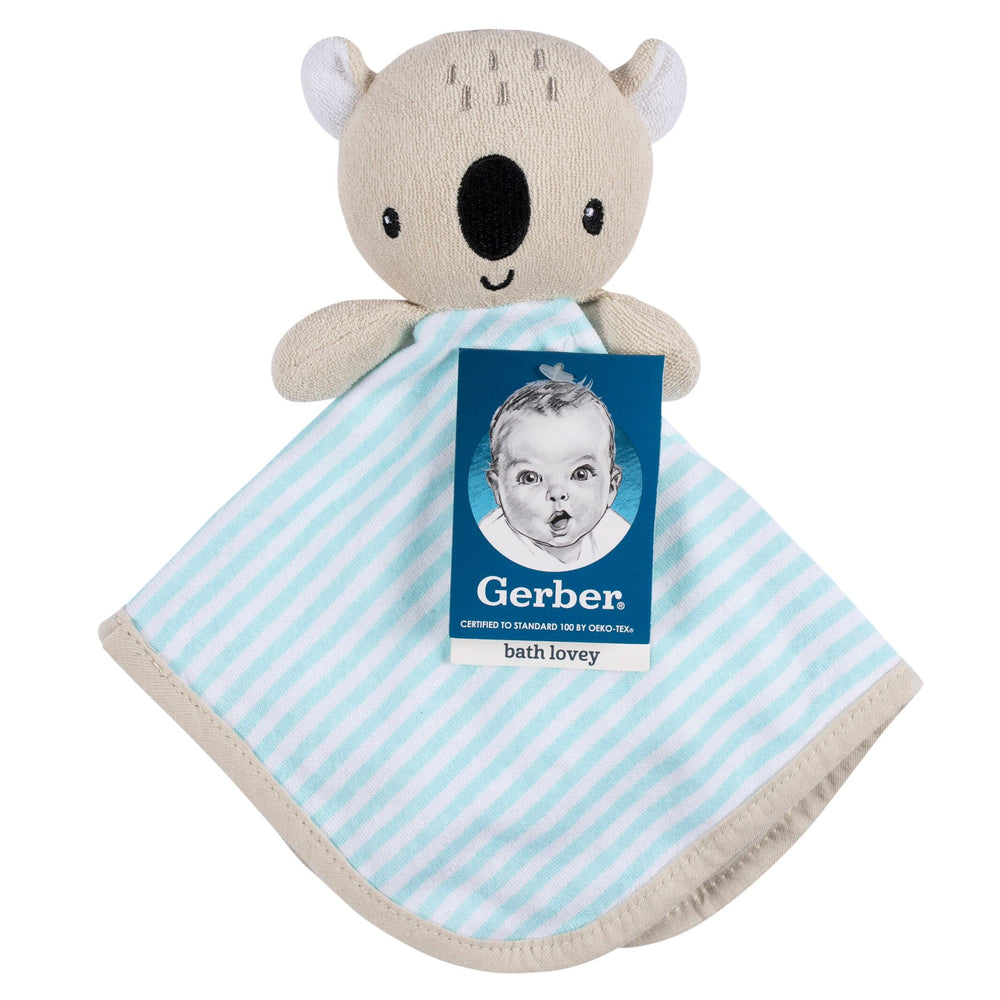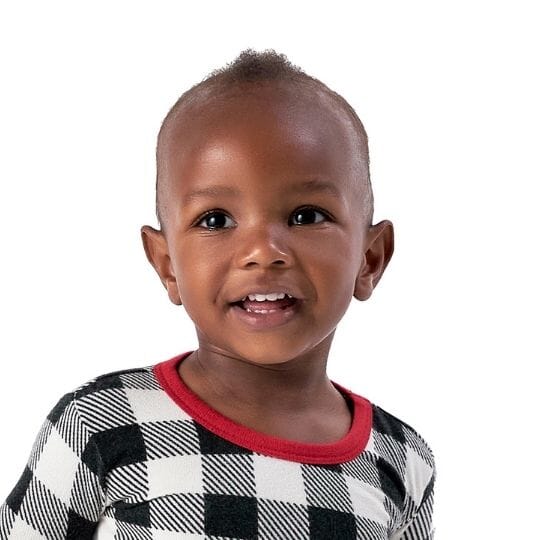Strategies For Introducing a Second Language At A Very Early Age
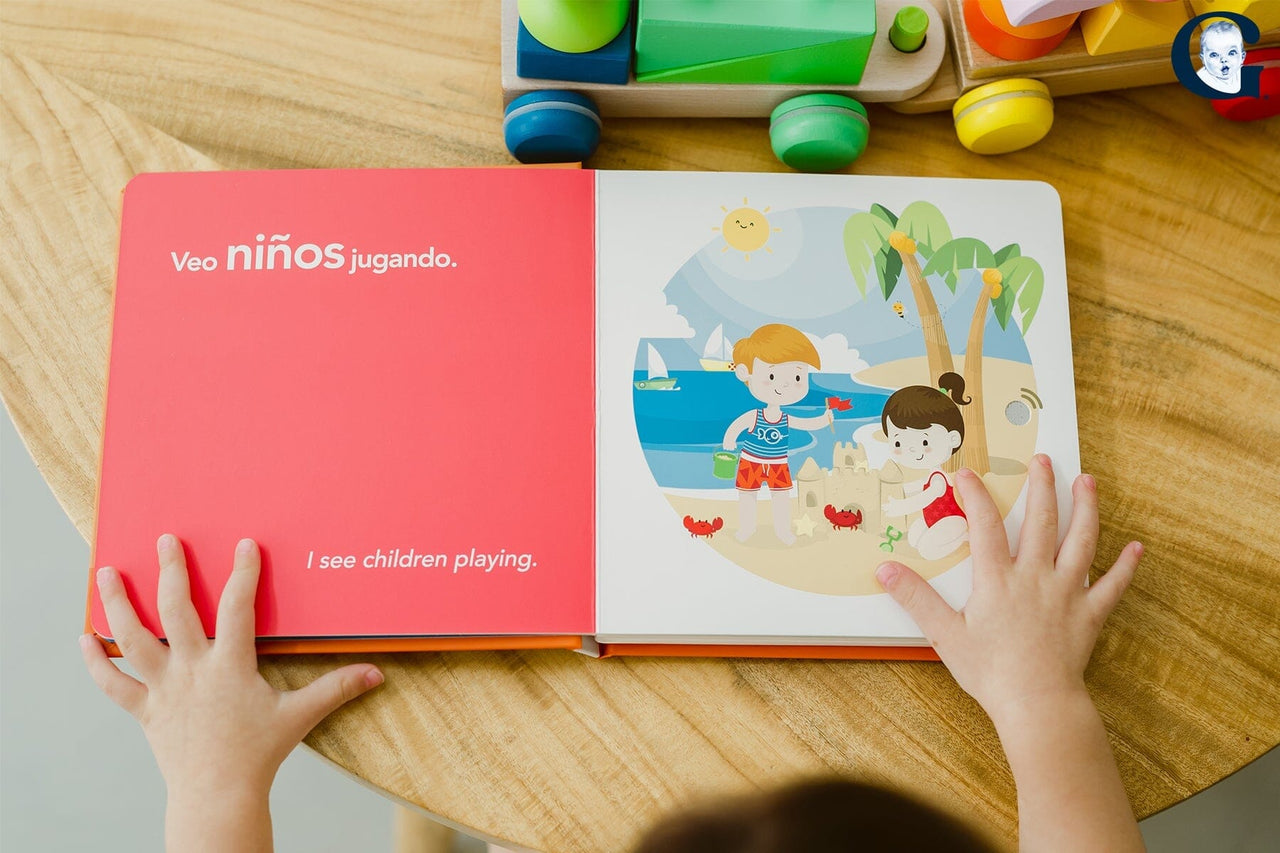
So, you’ve made the decision as a parent to introduce your child to a second language! This is an important milestone that will no doubt benefit your baby today and well into the future.
Learning and teaching another language should be natural and fun, and there is no “right” way, just your way.
According to the American Speech-Language Association (ASHA), there are many ways to raise a bilingual child, including but not limited to:
- Start with two languages from birth. This is typically more common in bilingual households where both parents are fluent speakers of the dominant and target language.
- Use only one language at home, and have your child learn the second language at school and in your community. Children’s minds are extraordinarily adaptable, and they’ll pick up the second language quickly once they’re surrounded by it.
- Choose a time and place (or both) to speak each language. This can take many forms including speaking one language during the day and another at night, or during specific activities.
- Have each parent speak their dominant language to your child, giving your child exposure to both.
Each of these strategies has their own unique benefits, but the important thing is to choose the strategy that works best for your child and your family.

It’s also important to know that there are many things you can do at home to help introduce this second language to your child such as:
- Reading children’s books in your target language – this is always fun and effective in providing language exposure!
-
Playing music, songs and nursery rhymes in your target language
- Narrating activities you do around the house in the second language (if you can).
- Providing opportunities for exposure to native speakers–these can be playdates or any other form of social interaction.
-
Playing games that include the secondary language.
Little steps like this can go a long way in helping any child learn to be bilingual from a young age—and it is literally never too young to start. The important thing is to provide opportunities for practice and exposure!
No matter what strategy you choose to adopt when teaching your child dual languages, know that you are going to have setbacks, but that they are normal. The best strategy for overcoming these bumps in the road is to stay patient, stay consistent and always remember that there are so many proven benefits of being bilingual. This means those little challenges will be more than worth the effort!
Sources: ASHA the American Speech-Language-Hearing Association
This blog series is powered by Binibi, an education company dedicated to promoting bilingualism at the earliest ages. Binibi makes bilingual sound & musical books for children ages 0-5 that are designed for parents to have a fun and easy way to introduce a second language at home, from day one. Binibi is dedicated to creating reading experiences that are both entertaining and educational, and to encouraging parents and caregivers to spend time with their babies through reading together. Binibi seeks to promote language development in children and to encourage families to raise bilingual children.




